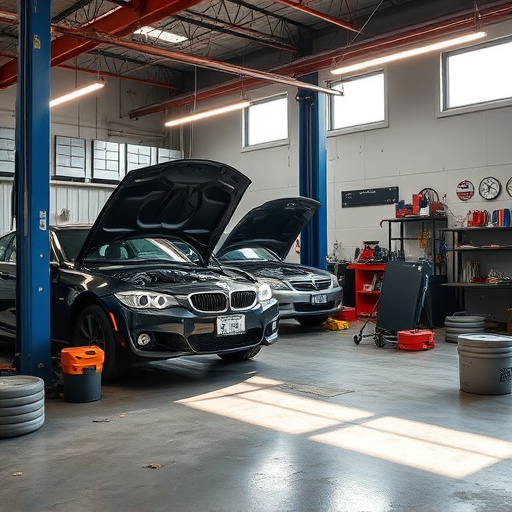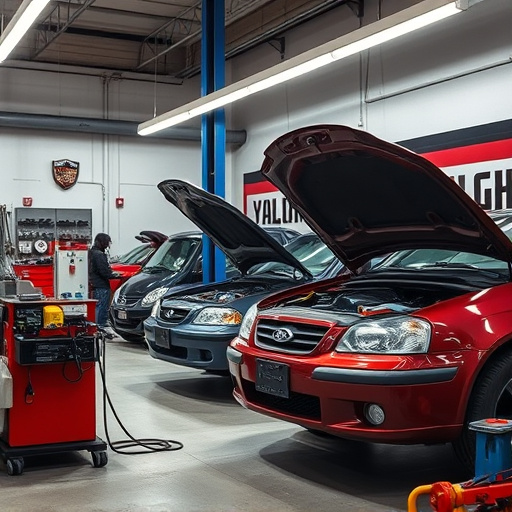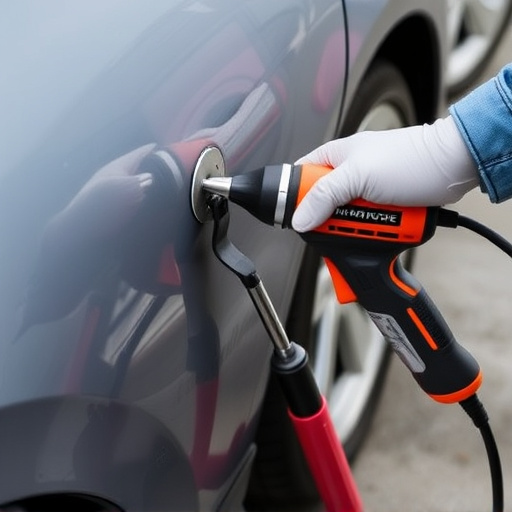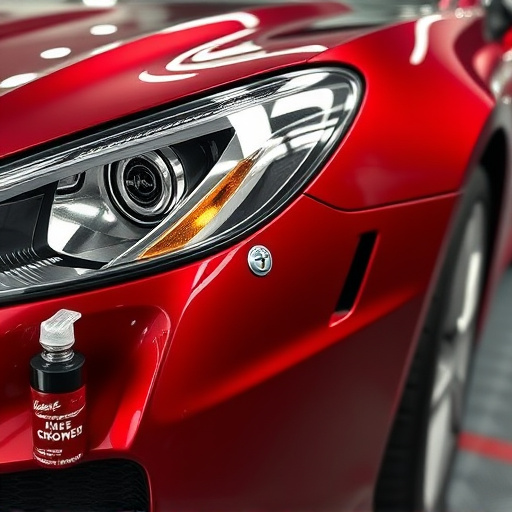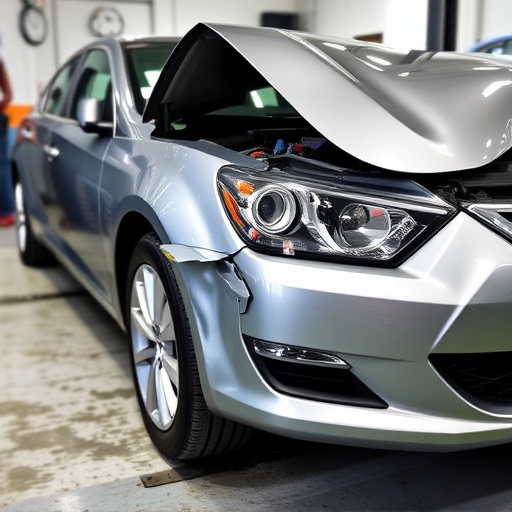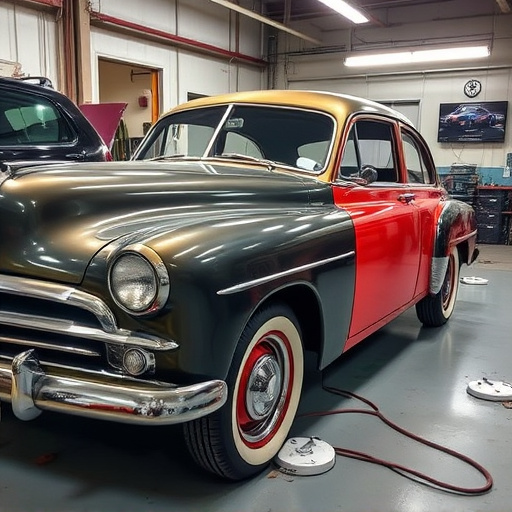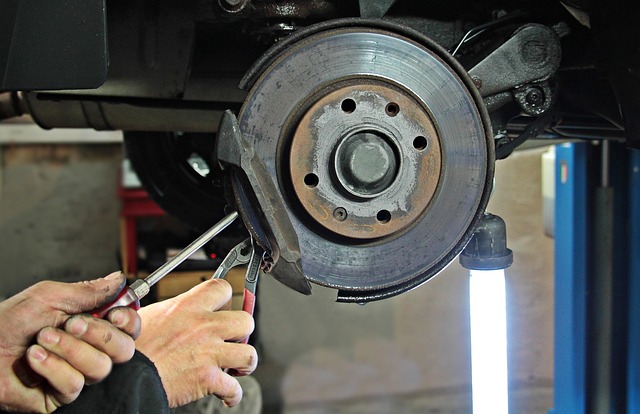Visual communication tools like diagrams, infographics, and before-after images simplify complex auto body repair processes, enhancing transparency for customers. This approach builds trust, fosters clear decision-making, and improves customer satisfaction in a competitive market, particularly through digital interactive demonstrations of the transparent repair process.
In today’s digital age, clear communication is paramount, especially in complex industries like automotive repair. Visual tools emerge as a powerful ally for enhancing the transparent repair process. This article explores three key strategies: visual communication’s role in fostering transparency, engaging visuals simplifying intricate repairs, and interactive demonstrations building trust through absolute clarity. By adopting these methods, repair shops can bridge the gap between technical intricacies and customer understanding.
- Visual Communication: A Powerful Tool for Transparency
- Engaging Visuals: Simplifying Complex Repair Processes
- Interactive Demonstrations: Building Trust Through Clarity
Visual Communication: A Powerful Tool for Transparency
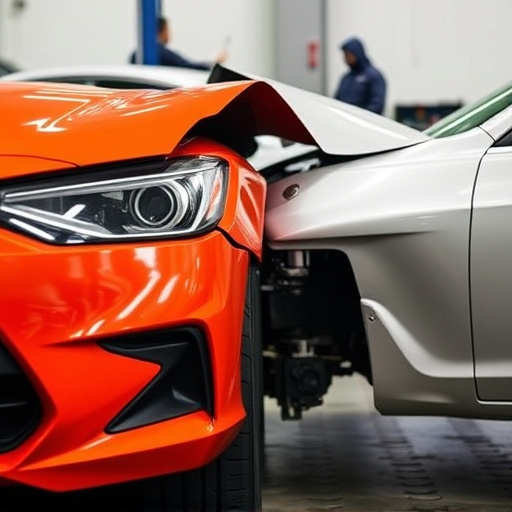
Visual communication plays a pivotal role in fostering transparency within the complex realm of auto body repair. By leveraging visual tools, collision centers can efficiently convey intricate information about the transparent repair process to both customers and staff. This approach ensures everyone involved understands the step-by-step procedures, enhancing trust and clarity.
For instance, diagrams, infographics, and before-and-after visuals can vividly illustrate damage assessments, repair techniques, and part replacements in an auto body repair near me. Such visual aids simplify complex concepts, making it easier for customers to grasp the extent of repairs needed and the processes involved. This transparency can significantly improve customer satisfaction and build a positive reputation, setting collision centers apart from their competitors in a crowded market.
Engaging Visuals: Simplifying Complex Repair Processes

Engaging visual tools have become indispensable in simplifying the complex nature of transparent repair processes within auto repair shops and vehicle body shops, or even an auto collision center. These visuals act as powerful communicators, bridging the gap between technical intricacies and customer understanding. By employing diagrams, before-and-after images, and step-by-step visual guides, professionals in these industries can effectively showcase the repair process to clients.
This approach not only enhances transparency but also builds trust. Customers can visually track the progress of their vehicle repairs, making them more at ease with each phase. Moreover, it enables auto collision centers and vehicle body shops to explain complex procedures in simpler terms, ensuring everyone is on the same page. This visual communication fosters a collaborative environment where customers actively participate in decision-making processes for their vehicle’s repair.
Interactive Demonstrations: Building Trust Through Clarity
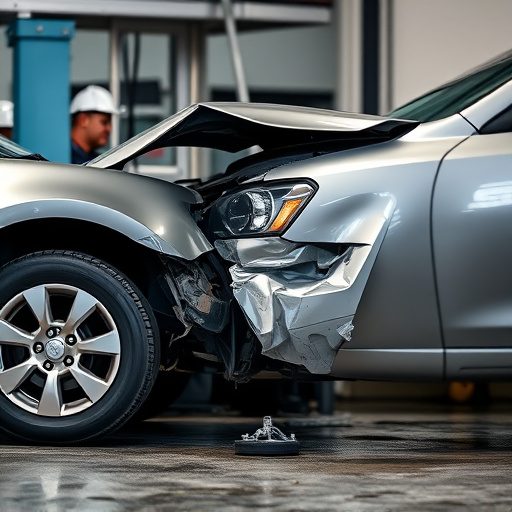
In today’s digital age, interactive demonstrations have become a powerful tool to simplify complex processes like the transparent repair process. By using visual aids and step-by-step videos, auto glass repair or vehicle paint repair specialists can effectively communicate the intricacies of their work to clients. This approach builds trust by providing clarity, as customers can witness firsthand how each repair stage is executed, dispel any doubts, and make informed decisions.
Visual tools not only clarify but also enhance the overall customer experience. For instance, a demonstration video for car scratch repair can show the extent of damage, the steps taken to prepare the surface, and the transformation that occurs during the repair process. This transparency ensures clients understand the science behind the fix, fostering a sense of confidence and satisfaction with the outcome, whether it’s auto glass repair or intricate vehicle paint repair.
Visual tools play a pivotal role in making the complex transparent repair process more accessible and understandable. By engaging visuals, interactive demonstrations, and clear communication, technicians can build trust with clients, ensuring everyone is on the same page. This approach not only enhances customer satisfaction but also streamlines the entire repair process, fostering a culture of transparency and reliability within the industry.
